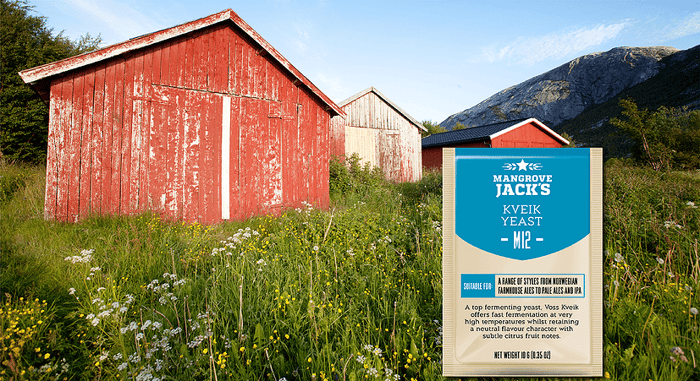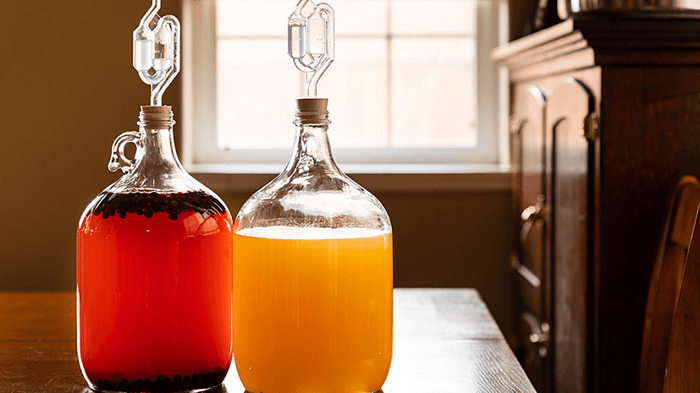From the land of the beer-god Ægir, Trolls and Fjords, comes a superior strain of beer yeast that has been passed down through generations. Kveik (pronounced 'K-WIKE') is an ancient yeast from Voss, Norway that ferments at temperatures and speeds previously undreamed of by all but a select set of Norwegian brewers. Until now... Enter Kveik, the Hottest New Super-Yeast.
It is uncertain how long Kveik has been used in traditional farmhouse beers but one thing we do know is that the Vikings have been brewing beer since the misty beginnings. Historically, this beer was reserved for special occasions as the cool rocky landmasses didn't yield much grain. Norwegian brewers would dry out the yeast where it would lay dormant for years, only to be revived as soon as it had a sniff of wort.
Until very recently, these yeasts have been isolated to the customary farmhouse brewers of Norway's Oceanic West and almost died out. Lars Garshol, a scientist and blogger, single-handedly shone the spotlight on Kveik and is considered to be the primary patriarch for its newfound glory. Now Kveik is taking the world by storm as home, and commercial brewers alike discover its superpowers.
"Kveik is not a style of beer. It's farmhouse yeast." ~ Lars Marius Garshol, December 29, 2016.
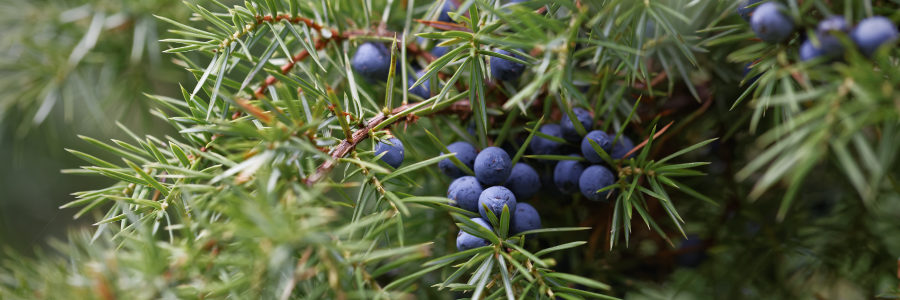
Norwegian Farmhouse Beers
Norwegian Farmhouse beers that use Kveik are steeped in tradition. These beers are often made with freshly cut Juniper branches and are brewed in copper pots handed down through generations. The mash is stirred in the same direction as the movement of the sun and is fermented at 39 °C (102 °F). The result is an amber-hued delight with no phenolic esters or fusel alcohols; the ones you would get if you tried to do this with typical ale yeasts.
There are several major regions in Norway where established farmhouse brewing traditions still exist.
Voss
Located just east of Bergen in Voss, comes a beer fermented with Kveik. This beer, known as Vossaøl, tastes like Christmas. Vossaøl wort undergoes a long boil until it is reduced by almost half and although it is made from pale, unsmoked malts, this technique produces a deep, dark fruit amber ale, rich with caramelized, burnt-sugar notes.
Hornidal
Farther north along the coast near Ålesund is Hornindal, where Kornøl is made. Most, but not all, Kornøl is "raw ale," which means that the wort is not boiled after sparging. The resulting beer often has a thick mouthfeel due to the increased level of proteins. Jostedalsbreen, Continental Europe's largest glacier, cleaves Hornindal from Voss. As a result, the Kveik here is notably distinct. It produces flavours of pineapple and mango, and sometimes caramel, or even mushrooms.
Stjørdal
Finally, near Trondheim is Stjørdal, where malts are smoked over alder wood. The resulting beer is known as Maltøl or Stjørdalsøl. It ranges widely in terms of process and flavour, but is generally profoundly smoky, with some fruity or toffee notes. The region's Kveik is thought to have been lost several decades ago, and most brewers either use bread yeast from the supermarket or yeast borrowed from a local Lager brewery, though with the commercial availability of Kveik it is making its slow return.
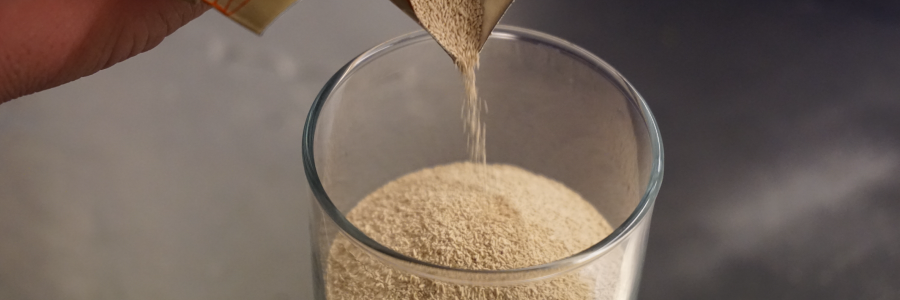
What makes Kveik so remarkable?
This yeast takes off quickly and ferments super fast. It can tolerate temperatures from 20° to 40° C with little to no off flavours and, depending on the strain, the high flocculation rate means that it can drop out to a bright beer in as little as three days. With a high alcohol tolerance, Kveik is also perfect for high ABV beers. Don't let that limit you, though, as Kveik can be used for most beer styles.
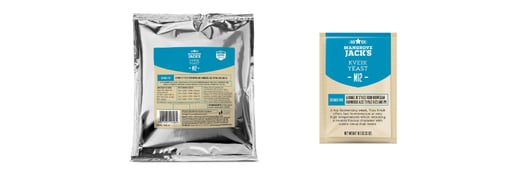
Mangrove Jack's Kveik Yeast
A top fermenting yeast, Voss Kveik offers fast fermentation at very high temperatures whilst retaining a neutral flavour character with subtle citrus fruit notes. Our M12 Kveik is suitable for a range of styles from Norwegian Farmhouse Ales to Pale Ales and IPAs.
Attenuation: High (77-82 %)
Flocculation: Very High (5/5)
Usage Directions: Sprinkle contents directly onto a maximum of 23 L (6 US Gal) of wort. Suitable to ferment 20-40 °C (68-104 °F) but for optimal results ferment at 30-40 °C (86-104 F).
Storage Recommendations: Store in the fridge.
Available sizes: 10g and 250g
For more information on Kveik and Norwegian Farmhouse brewing, check out Lars Garshol's blog and his book, Historical Brewing Techniques.

